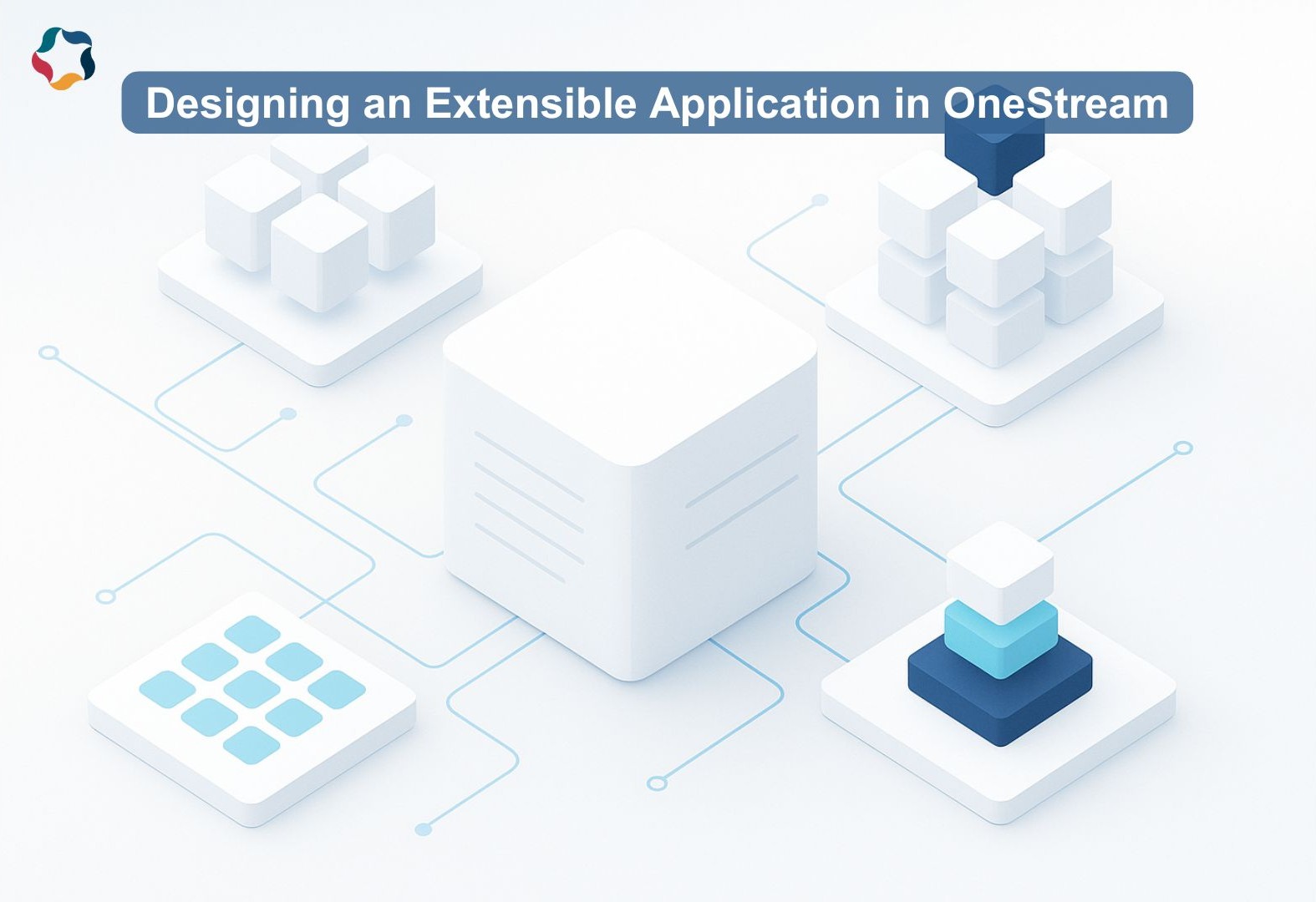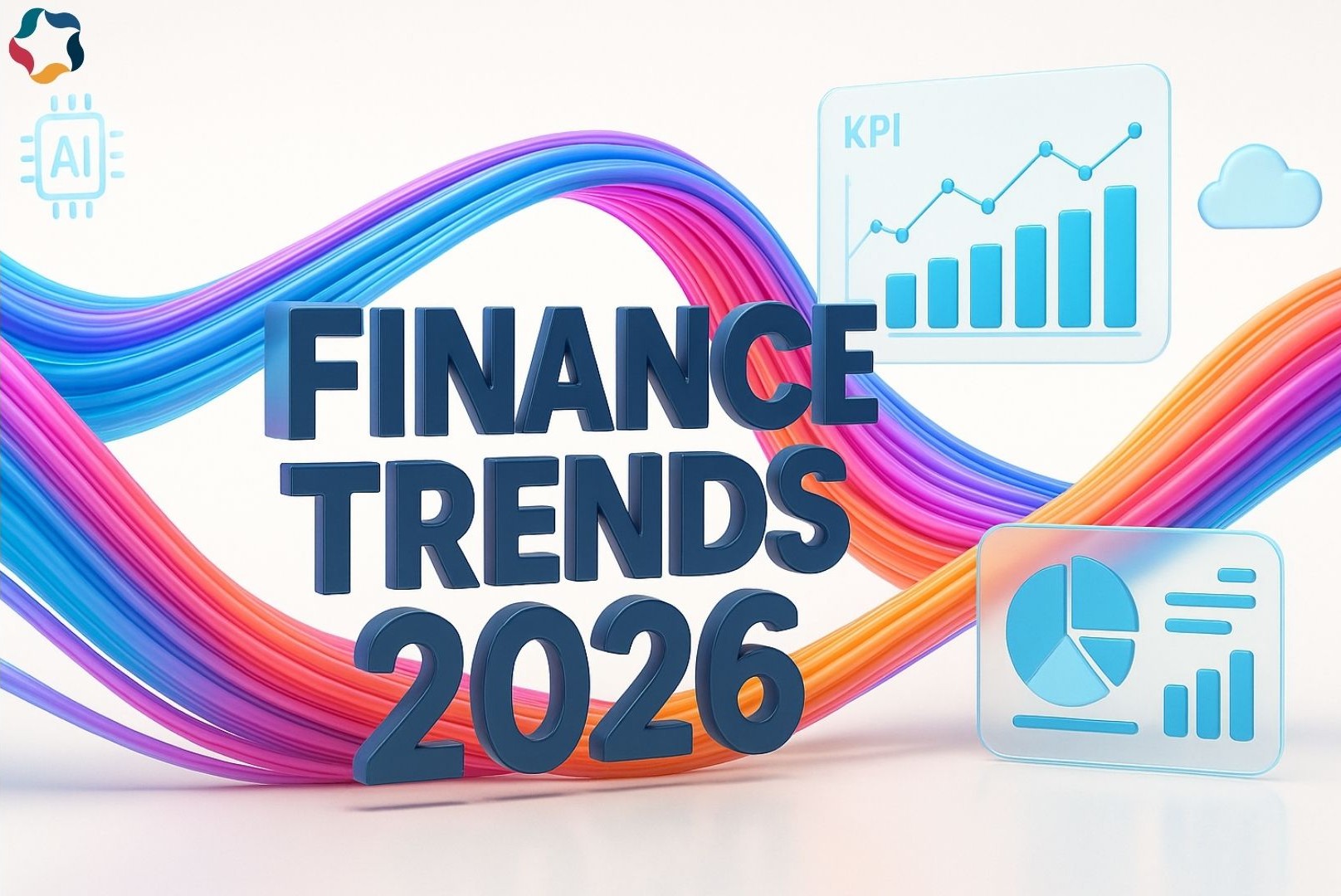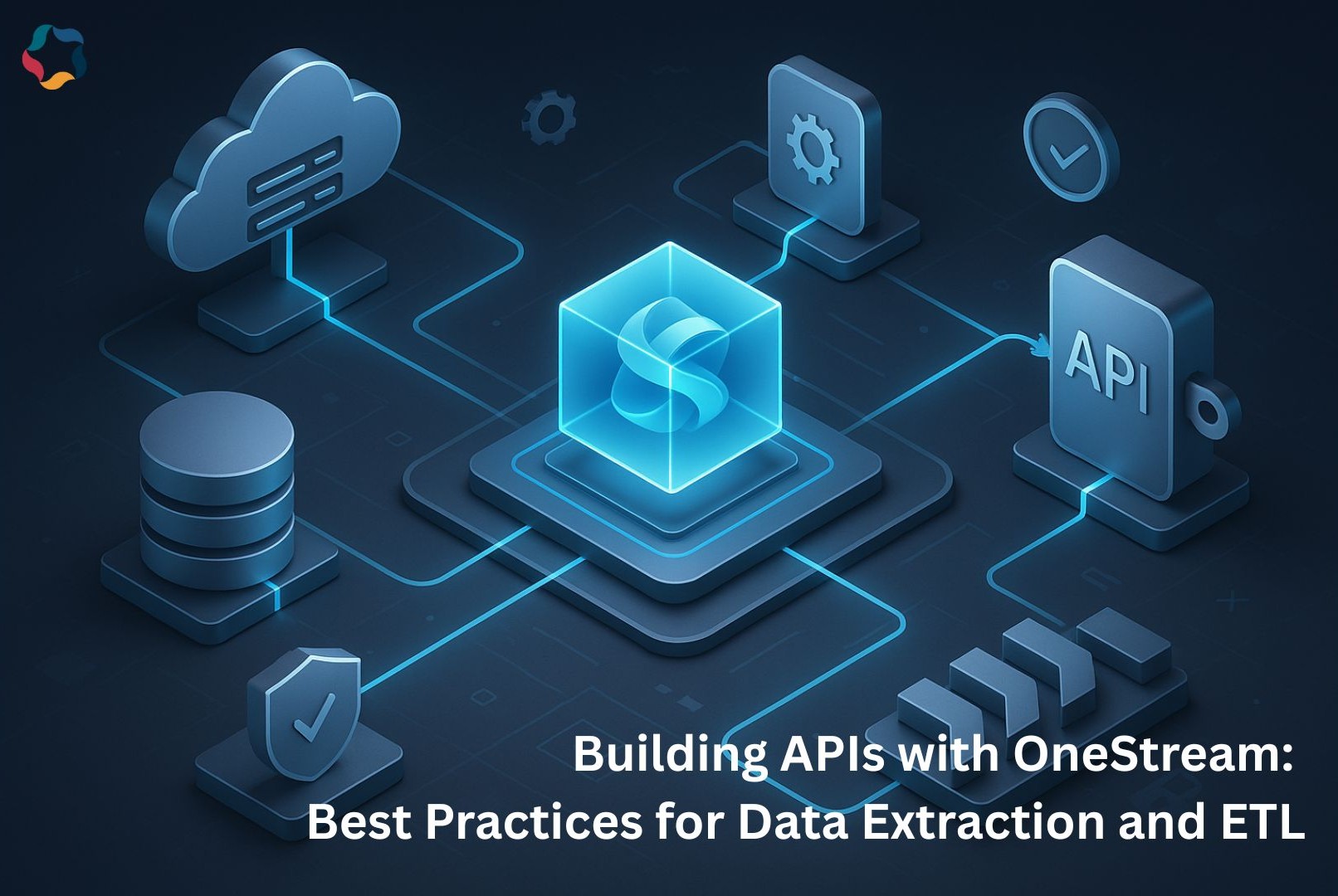
Table of Contents
Introduction
As finance functions evolve, organizations increasingly rely on Corporate Performance Management (CPM) solutions that offer scalability, flexibility, and real-time insights. Traditional systems often struggle to adapt as businesses grow, merge, or diversify. OneStream architecture changes that paradigm by providing a unified, extensible platform that seamlessly connects all financial processes.
Unlike fragmented legacy systems, OneStream architecture enables companies to consolidate, plan, report, and analyze within a single, consistent model. Its extensible design allows organizations to easily expand their applications as their business evolves whether that means adding new entities, regions, or reporting structures. This blog explores how to design extensible applications in OneStream and why doing so can help future-proof your financial ecosystem.
Understanding the OneStream Architecture
At the core of OneStream architecture lies the concept of a unified financial platform. All critical finance functions planning, budgeting, consolidation, reporting, and analytics exist within a single application rather than multiple disconnected tools. This unified structure eliminates data silos and ensures consistency across departments and subsidiaries.
The extensibility of OneStream architecture allows companies to extend their base application without duplicating models or rebuilding logic. You can create specialized sub-applications for new business units or geographies while still maintaining alignment with the core financial model. This balance between central control and localized flexibility is what makes OneStream a preferred solution for large, dynamic enterprises.
Steps to Design an Extensible Application
1. Define the Objective
The first step in designing an extensible application is to clearly define the business objective. Determine what purpose the new application will serve for instance, integrating a recently acquired company, supporting a new line of business, or meeting new regulatory reporting needs.
A clear objective ensures your design decisions align with both the immediate and long-term strategic goals of your organization. In OneStream architecture, this alignment is crucial because extensibility impacts everything from data models to workflow configuration.
2. Select Dimensions and Metadata
Dimensions such as Entity, Account, Scenario, and Time form the backbone of any OneStream application. When creating an extensible application, you inherit metadata from the base application but can add or extend certain elements for unique needs.
For example, a regional business unit may need additional accounts or entities specific to its operations. OneStream architecture allows these extensions without breaking the consistency of the core model. This design approach ensures that while local entities enjoy flexibility, group-level reporting remains standardized.
3. Establish Data Integration
Data integration is central to the success of any extensible application. OneStream architecture supports multiple data sources through built-in connectors, APIs, and integration tools.
During design, define how data will flow into the application from ERP systems, spreadsheets, or third-party tools. Use transformation rules and mapping logic to maintain accuracy and consistency. Planning integration early ensures smooth consolidation and avoids performance issues later.
4. Design the Workflow
Workflows guide users through the processes of data loading, validation, consolidation, and reporting. A well-structured workflow is intuitive, minimizing user error while maintaining compliance and transparency.
Within OneStream architecture, workflows can be customized per entity or function. For instance, a local finance team may have additional validation tasks, while the corporate team handles consolidation and submission. This flexibility empowers users while maintaining control at the enterprise level.
5. Set Up Security and Access Control
Security is another area where OneStream architecture demonstrates its strength. It allows inheritance of permissions from the parent application, which can then be modified or restricted for specific needs.
When designing your extensible application, define user roles, access rights, and security groups early. This ensures that sensitive data is protected while still granting appropriate access to different business units. A consistent security structure enhances governance and reduces risk across the organization.
6. Test, Validate, and Deploy
Before moving to production, thoroughly test the application to verify that calculations, workflows, and integrations perform as expected. Testing should cover not only functional accuracy but also data validation, performance, and user experience.
Once verified, promote the application using OneStream’s migration and deployment tools. The OneStream architecture simplifies this process by maintaining consistency between environments and preserving metadata relationships during migration.
Benefits of an Extensible Application in OneStream
Designing extensible applications in OneStream architecture delivers a range of long-term advantages:
• Scalability: Add new business units, countries, or reporting layers without redesigning the system.
• Consistency: Maintain a single version of truth across all corporate functions.
• Efficiency: Streamline processes and eliminate redundant systems.
• Adaptability: Respond quickly to mergers, acquisitions, and organizational changes.
• Governance: Enforce global policies while allowing regional flexibility.
By combining unified data with an extensible framework, OneStream architecture empowers finance teams to make faster, more accurate, and data-driven decisions.
Conclusion
In today’s fast-changing business environment, flexibility is key to sustained success. Designing extensible applications within OneStream architecture allows organizations to evolve without re-engineering their systems. It ensures scalability, operational efficiency, and alignment across financial processes.
With careful planning, thoughtful design, and adherence to business goals, extensibility transforms OneStream from a robust CPM tool into a truly strategic platform one that grows and adapts alongside your enterprise.

Rajan Shah
Technical Manager
Rajan Shah is a Technical Manager at Solution Analysts. He brings almost a decade of experience and a genuine passion for software development to his role. He’s a skilled problem solver with a keen eye for detail, his expertise spans in a diverse range of technologies including Ionic, Angular, Node.js, Flutter, and React Native, PHP, and iOS.











 sales@solutionanalysts.com
sales@solutionanalysts.com solution.analysts
solution.analysts






